North Saharan Xeric Steppe and Woodlands
The ecoregion’s land area is provided in units of 1,000 hectares. The conservation target is the Global Safety Net (GSN1) area for the given ecoregion. The protection level indicates the percentage of the GSN goal that is currently protected on a scale of 0-10. N/A means data is not available at this time.
Bioregion: Northern Sahara Deserts, Savannas & Marshes (PA24)
Realm: Southern Eurasia
Ecoregion Size (1000 ha):
160,417
Ecoregion ID:
833
Conservation Target:
61%
Protection Level:
1
States: Western Sahara, Mauritania, Morocco, Algeria, Tunisia, Libya, and Egypt
Encompassing the majestic dunes of the Grand Ergs, acacia strewn mountains, arid shrubland, and desert oases, the North Saharan Xeric Steppe and Woodlands ecoregion yield a diverse flora and fauna that live in the harsh conditions. This is the last stronghold for endangered slender-horned gazelle. Sand cats and fennec foxes are adapted to the arid conditions, alongside endemic gerbils and Barbary ground squirrels. Sand grouse and Egyptian nightjar stick close to the ground while greater spotted eagles and endangered Egyptian vultures soar above.
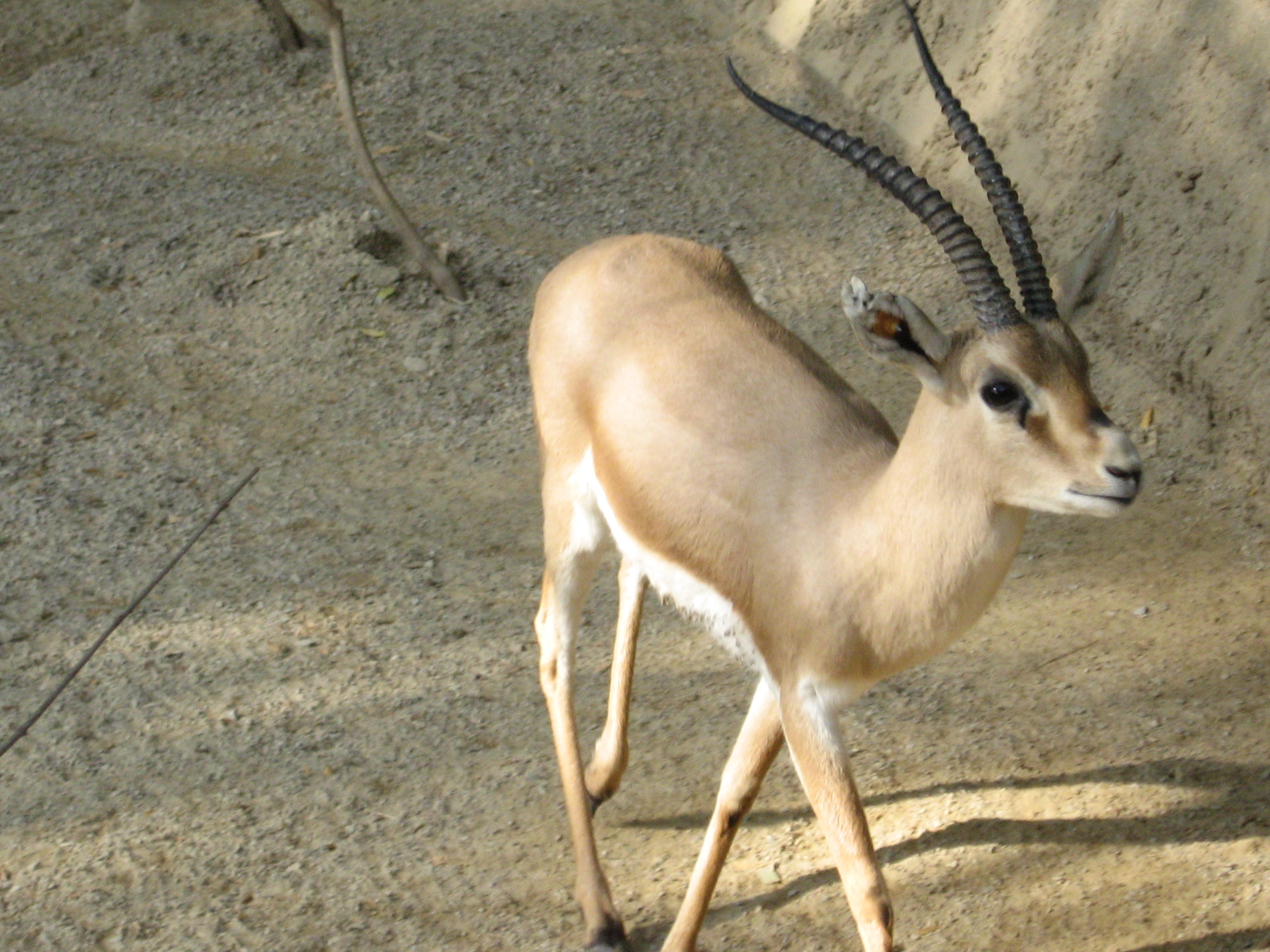
The flagship species of the North Saharan Xeric Steppe and Woodlands ecoregion is the slender-horned gazelle. Image credit: Creative Commons
This ecoregion extends right across North Africa, including parts of Western Sahara, Morocco, the northern edge of Mauritania, Algeria, Tunisia, Libya, and Egypt. It is found inland on the western side but reaches the coast in areas of low rainfall to the east. The Saharan Halophytics ecoregion is found scattered within this ecoregion, in areas of suitable saline conditions.
The climate is hot and dry in the summer, cooler in winter. Average temperatures are 10–35°C but can reach 45°C. Rains come from the Mediterranean, mostly during October–April. Annual rainfall is 30–100 mm with some years having no rain at all. Mountains, ergs (sand seas), wadis (dry riverbeds), dayas (depressions with soil collected in the bottom), and “fesh fesh” (plateaus of unconsolidated soil) combine with the extreme climate to generate diverse drought-tolerant habitats.
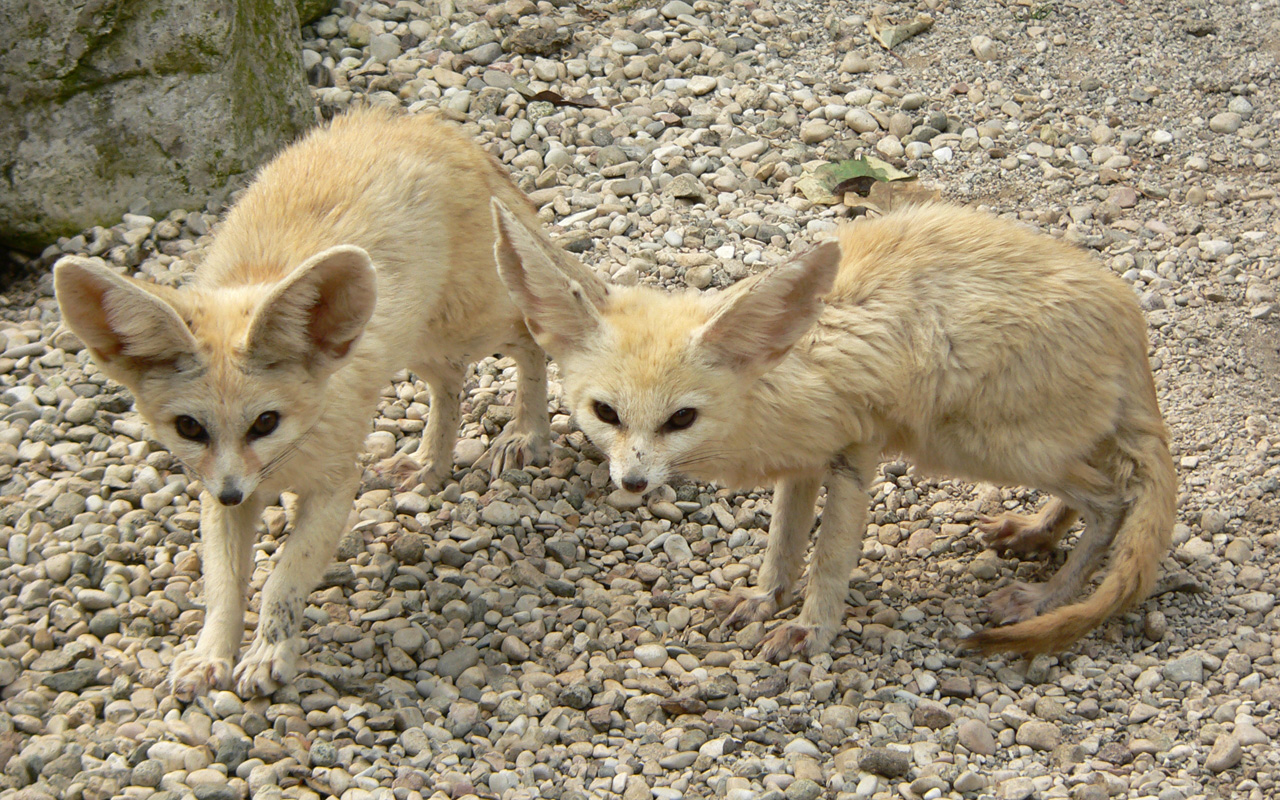
Fennec foxes. Image credit: Creative Commons
Umbrella thorn acacia are scattered across mountain areas such as the Ougarta range in Algeria. Large depressions and major dune systems have trees such as acacia and Atlantic pistachio and tall shrubs such as endemic white weeping broom, Ziziphus lotus (believed to be the lotus tree in Greek mythology), and the endemic Caligonum comosum. Athel tamerisk trees and rubber bushes grow along wadis and arid steppes are dominated by endemic “Arfej” (Rhanterium suaveolens). There are numerous ephemeral plant species that germinate in January if there has been rain.
The slender-horned gazelle, an antelope that specializes in sandy habitats, is now endangered and limited to parts of this ecoregion. Striped hyena, aoudad, and Dorcas gazelle are found but with declining populations. Small mammals are a major animal group and include desert hedgehog, endemic Tarabul’s and fat-tailed gerbils, and the endemic Barbary ground squirrel and Moroccan jird.
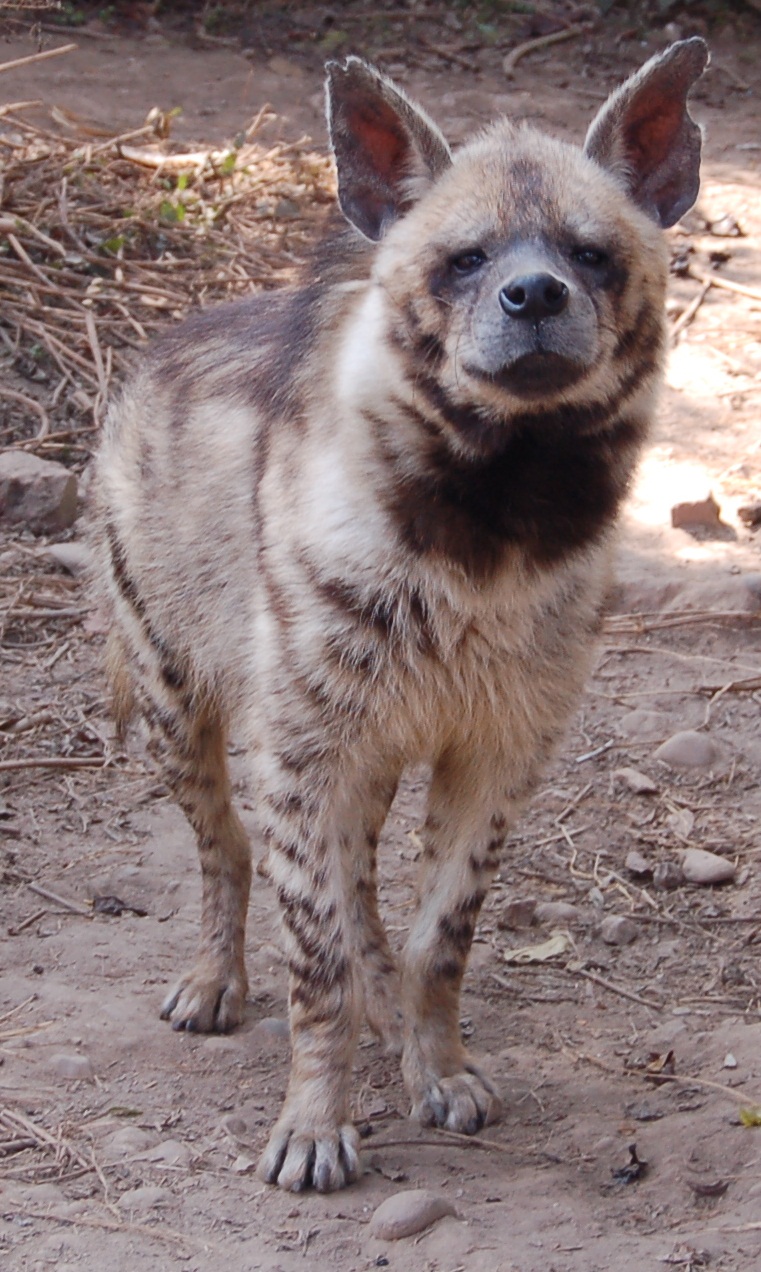
Striped hyena. Creative Commons.
Smaller carnivores include Rüppell's fox, fennec fox, the Libyan striped weasel, and in Western Sahara, the sand cat. Birds adapted to the arid conditions found in the ecoregion include African houbara, spotted, crowned, and Lichtenstein’s sandgrouses, Egyptian nightjar, and desert larks. Greater flamingoes gather at lakes such as Dayet Sriji in Morocco’s Rssani Game Reserve. Pharaoh eagle owls, greater spotted eagle, and the endangered Egyptian vultures are also present.
Large areas of habitat remain intact but several species of large mammal that were formerly resident are now entirely absent. Oasis agricultural systems of date palms, goats, and camels have existed for centuries, but recent government policy has encouraged agricultural intensification, leading to the introduction of market gardening, fruit trees, and cereals. There are oil and natural gas fields in the Algerian, Libyan, and Egyptian parts of the ecoregion. Since 1994, Tunisia has designated three national parks, Western Sahara one, and Egypt a protected natural resource within the ecoregion.
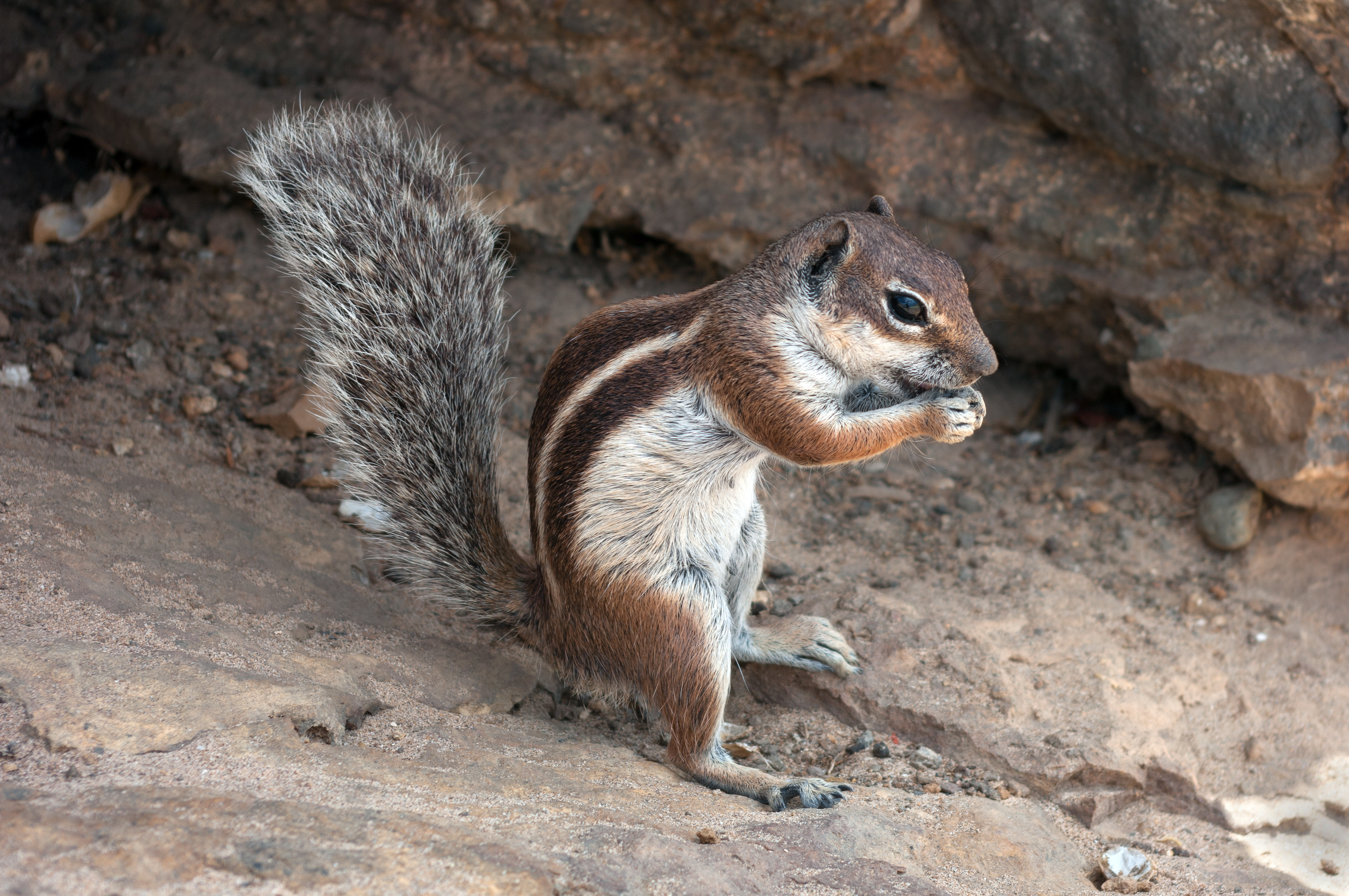
Barbary ground squirrel. Image credit: Creative Commons
Irrigated cropland has expanded, placing strain on available water resources. Steppe shrubland habitat has been degraded and reduced in area, as it is both attractive for grazing livestock and liable to conversion to cropland, which causes erosion and reduced fertility. The ecoregion is particularly vulnerable to climate change; many small mammals and lizards are susceptible to changes in precipitation and local temperature changes. Hunting in 4x4 vehicles for recreation as well as food is a serious threat to wildlife populations. Only a small percentage of habitat in this ecoregion is protected, which may be insufficient for many endemic and vulnerable species.
The priority conservation actions for the next decade will be to: 1) establish protected areas in Algeria and Libya with emphasis on conserving slender-horned gazelle, striped hyena, and aoudad; 2) strengthen ecological connectivity between protected areas, particularly across ecoregions because of potential climate change effects; and 3) improve the sustainability of agricultural intensification, including site selection, water management, and crop choice.
Citations
- WWF. 2018. North Saharan steppe and woodlands. [Online]. [Accessed 2nd August 2019]. Available from: https://www.worldwildlife.org/ecoregions/pa1321
- Joint Research Centre of the European Commission. 2019. The Digital Observatory for Protected Areas (DOPA) Explorer 3.1: North Saharan steppe and woodlands. [Online]. [Accessed 2nd August 2019]. Available at: https://dopa-explorer.jrc.ec.europa.eu/ecoregion/81321
- Benhouhou, S., Dargie, T. and Gilbert, O.L. 2003. Vegetation associations in the Ougarta Mountains and dayas of the Guir hamada, Algerian Sahara. Journal of Arid Environments. 54, pp.739-753. DOI:10.1006/jare.2002.1070.
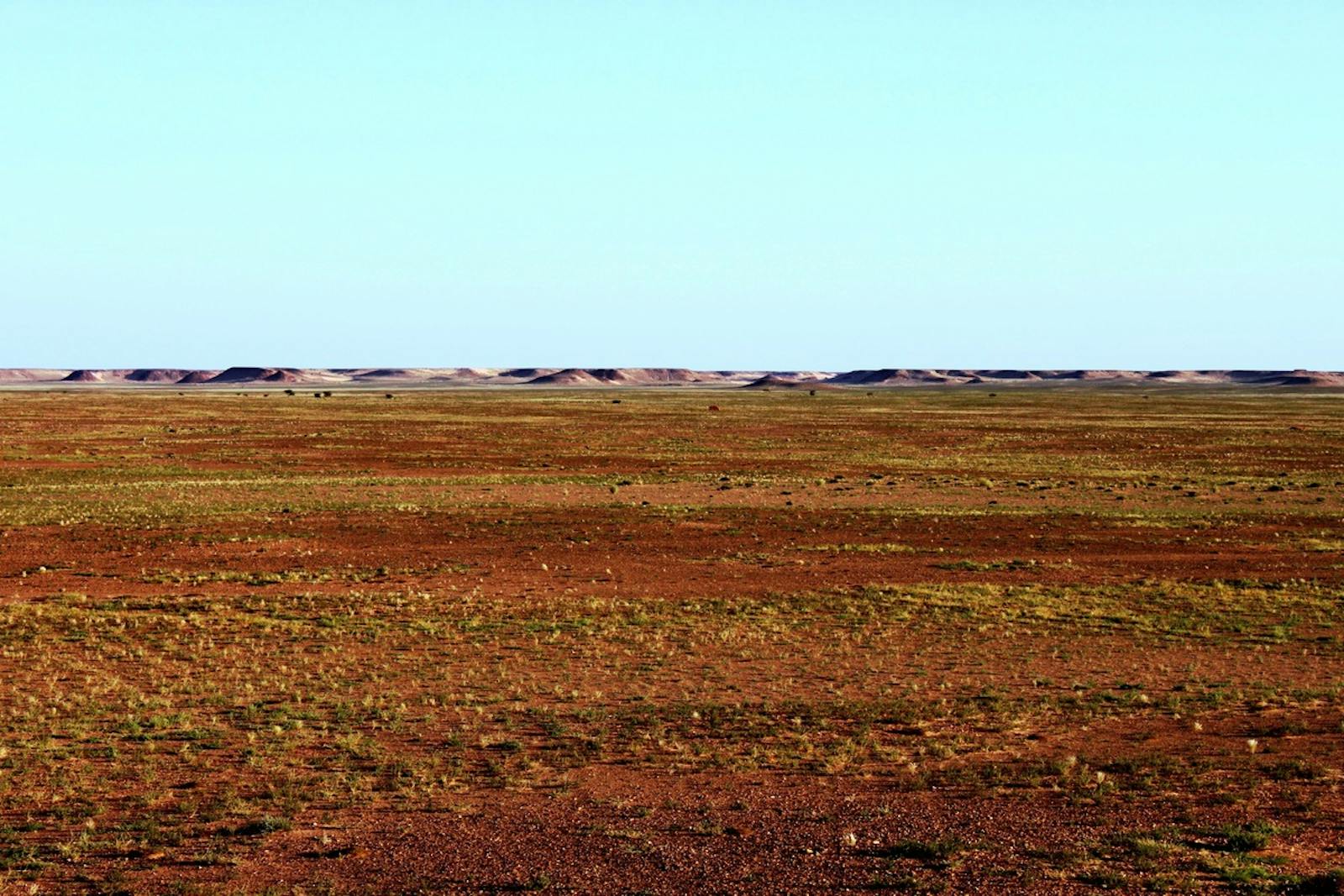
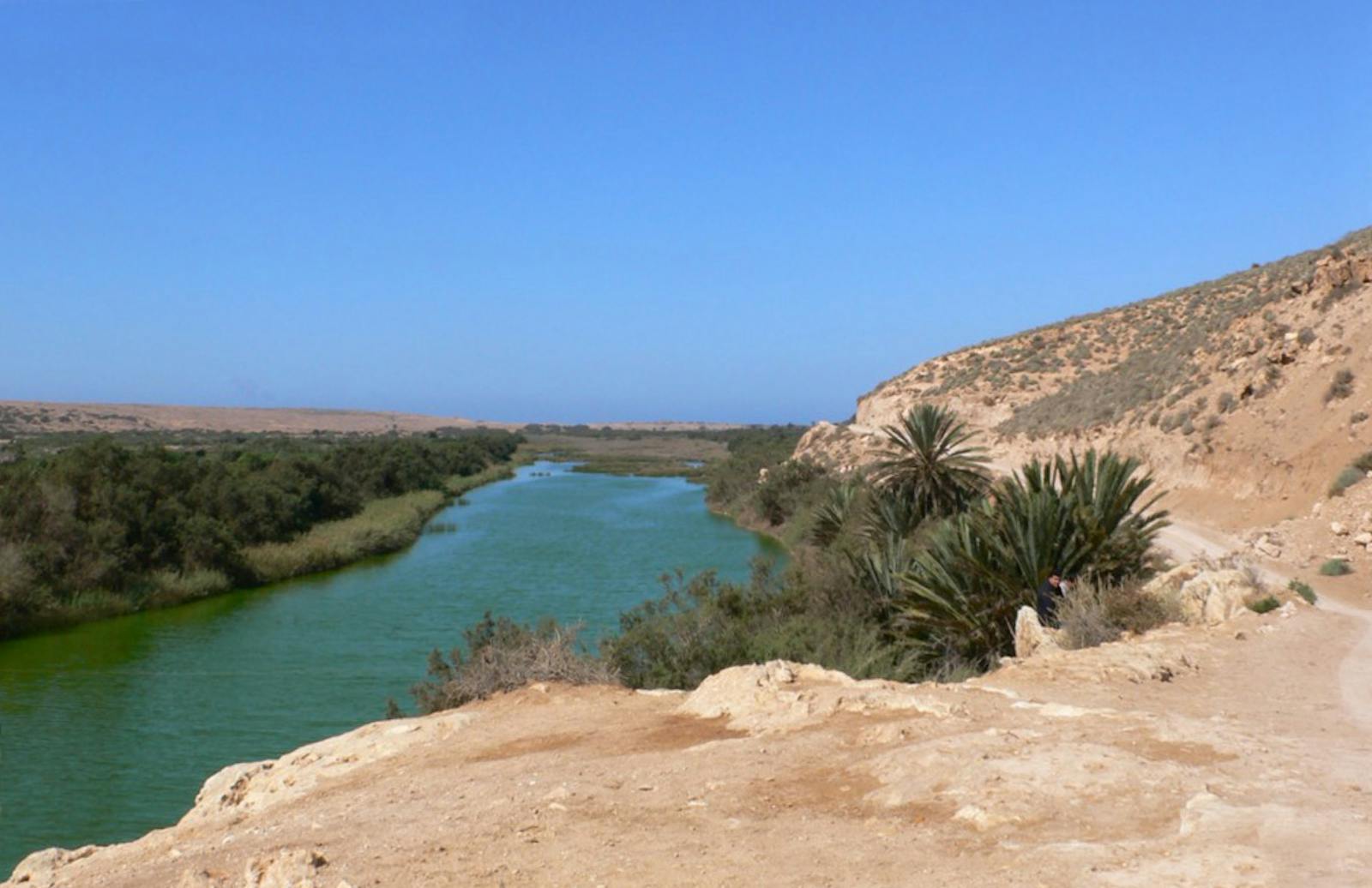
.png?auto=compress%2Cformat&w=300)

